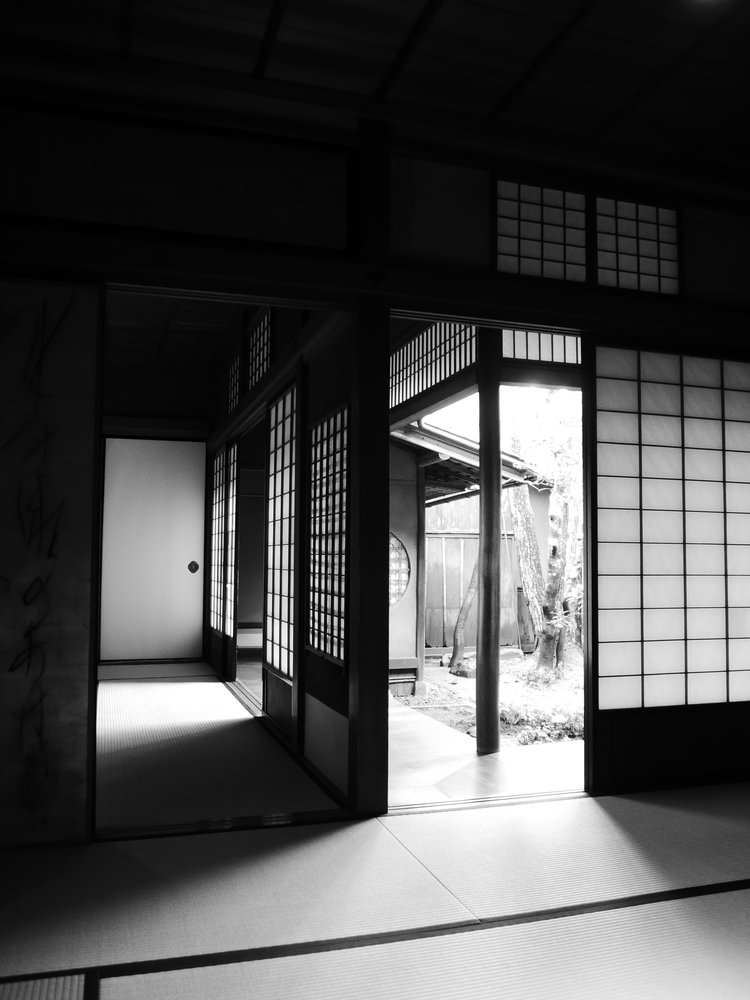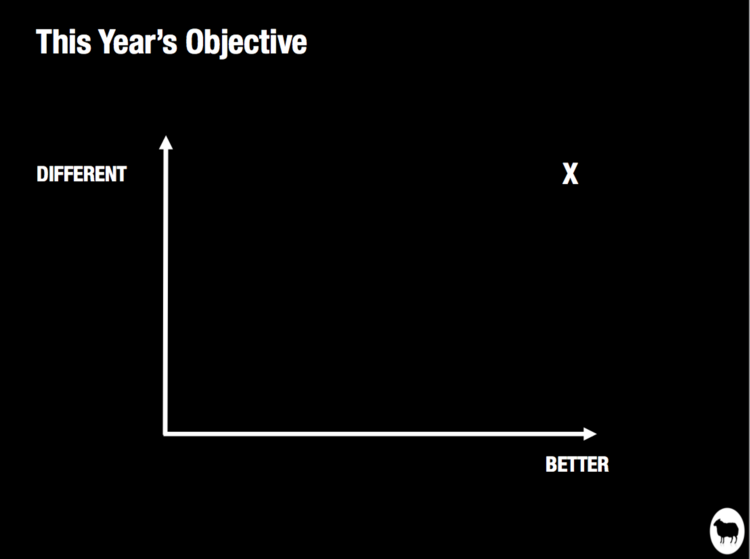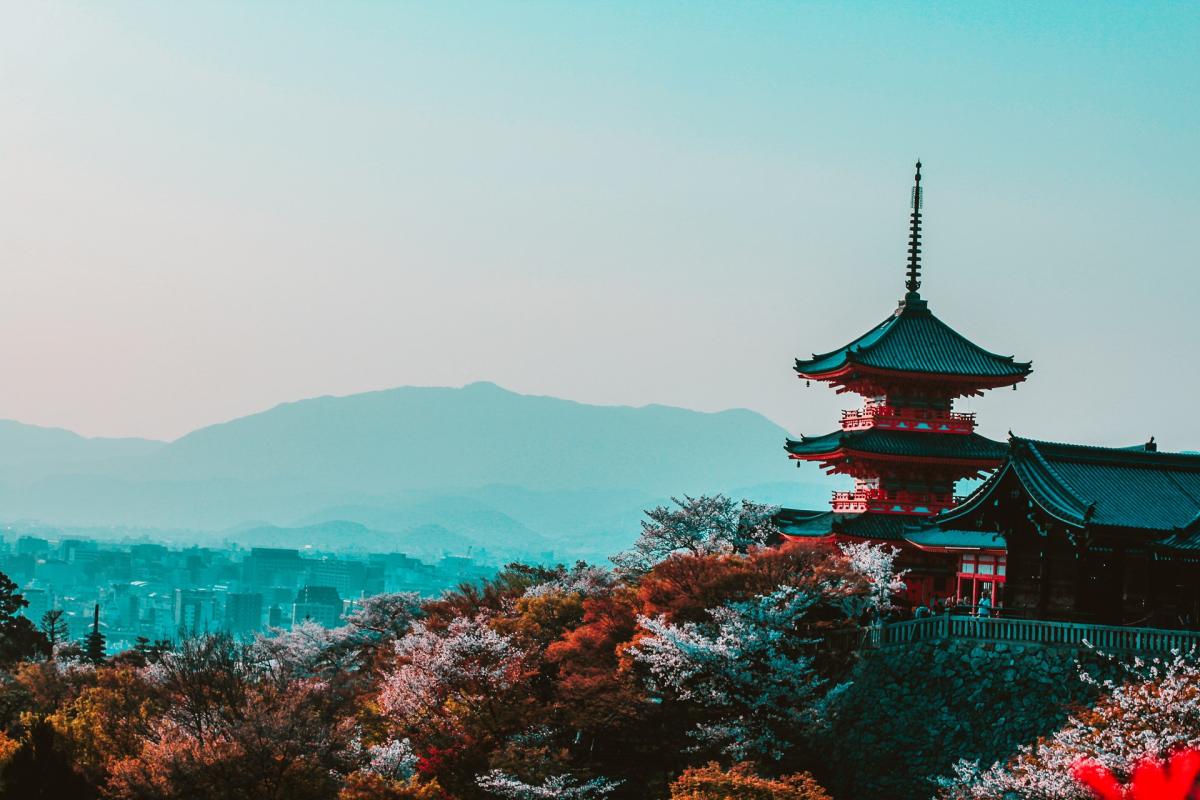I recently returned from a holiday in Japan.
Greeted with a gong, welcomed with a bow. And the sweet smell of tatami mats. Shoes off, slippers on. Folding screens and sliding doors, chairless rooms and legless chairs. Matcha tea. Hard low beds and pillows filled with beans.
Taxi doors swing open automatically. Toilets stand to attention when you enter the room. Hai! Look out of the carriage when you’re crammed in on the subway train. Queue here. Be quiet. ‘Do not touch the geisha’.
A polite smile, then a gentle gesture. Sushi, yakitori, teppanyaki? Tempura, sashimi, miso soup. Gingko nuts. Choose your sake glass. Arigato. Kampai!
After dinner, neon lights and karaoke. ‘More than this, you know there’s nothing.’ Revolut! Maybe I’ll have the Western-style breakfast this time.
Bento boxes on bullet trains. Reversible seats. Out of the window we can see Mount Fuji peeping through the clouds. There are high peaks, open plains, deep valleys and crystal lakes. There are small trucks, compact cities, factories that still make stuff.

We visit tranquil gardens and bustling fish markets, austere merchants’ houses and colourful shrines. Chimes in the afternoon. We read tales of ninja, samurai and shoguns. We see whisky-drinking salarymen in the dimly lit bar of the Imperial Hotel. We watch sailor-suited school kids on a class outing, young women getting their photos taken in rented kimonos, beardless hipsters with magnificent hair. The infinite possibilities of vending machines. The limitless permutations of workwear. Neat, neat, neat.
To the Western tourist Japan is curious, challenging and delightful all at the same time. It’s strange but familiar; the same but different; futuristic but traditional.
Japan is also a country of quite extraordinary ingenuity and invention. The technology, engineering and logistics hugely impress. Perhaps there is something ingrained in the culture. The Grand Shrine of Ise is torn down and rebuilt every twenty years to reflect Shinto concerns about impermanence, death, rebirth and renewal. Creative destruction?
But Japan is also a country obsessed with quality: consideration of materials, care of manufacture, craft of execution. You see it in the food and the fashion, the interior design and the service culture.
You see it at the Japanese Galleries of the Tokyo National Museum - in the glazed ceramic vases and polished lacquer trays; the courtly calligraphy and narrative picture scrolls; the steel samurai swords and decorative sutra boxes; the ornate kettles and tea caddies; the finely embroidered kabuki costumes.
Many of these precious objects had no named artist or creator. Most of them were following an established tradition, path or process. All of them were precise and refined, elegant and just so. Craft is as important as creativity here.

Wandering through these galleries I found myself asking whether we in the communications sector spend enough time reflecting on craft. Do we celebrate excellence of execution as much as we do originality of thought? Do we allocate time appropriately between strategy, creative and production? Do we properly respect our talent in design and art direction, film-making, photography and web-build? Do we suitably invest in craft skills and training?
I’m not so sure. Sometimes, whilst wasting time and money on the front end, we squeeze production resource and budgets at the back end. Sometimes we display a cavalier attitude to expertise. Sometimes in the expansive realms of content development and dynamic creativity, we operate a culture of ‘good enough’.
Of course, there is a balance to be struck. Occasionally John Hegarty would observe, somewhat cryptically:
‘If creativity is 80% idea, it’s also 80% execution.’
Clearly a great Agency in any era must excel at both creativity and craft.
At the start of one year Nigel Bogle addressed the Agency with a simple chart. It had ‘Better’ on the x-axis and ‘Different’ on the y-axis. The objective this year, he said, is to position ourselves at the top right-hand corner of this graph: we must be both better and more different – than the sector norms, than our competitors, than we have ever been before.
Hai!
And a happy new year to you all.

'Her heart is nearly breaking, the earth is nearly quaking.
The Tokyo taxi's braking, it's screaming to a halt.
And there's nothing to hold on to when gravity betrays you,
And every kiss enslaves you.
Discovering Japan.
Discovering Japan.’
Graham Parker, 'Discovering Japan'
This piece first appeared on Jim Carroll's Blog here



